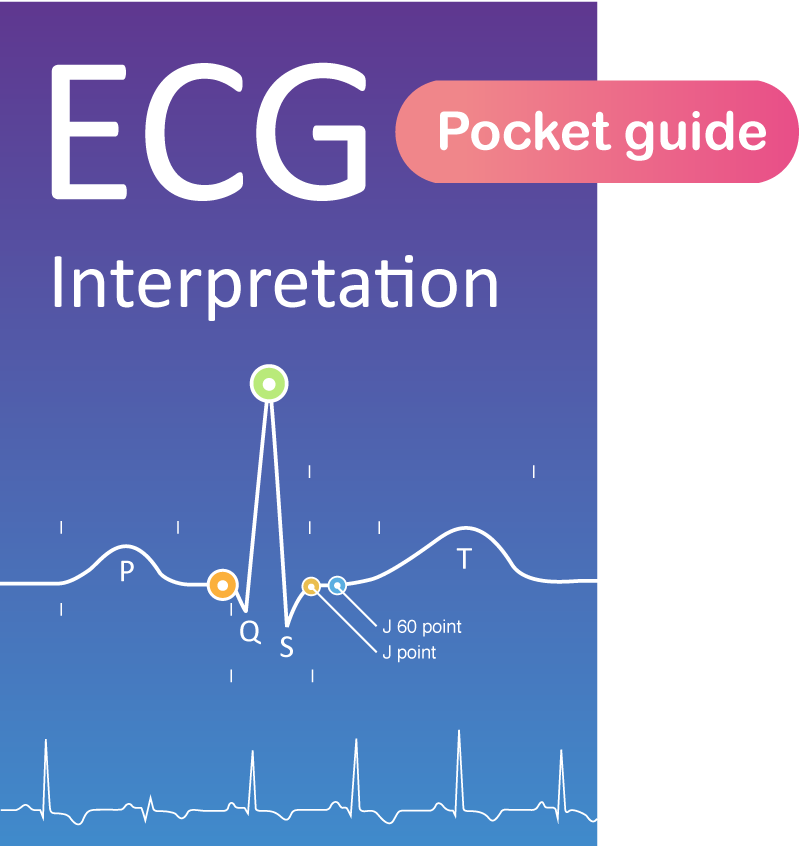Myocardial Mechanics: Structure and Function of Myocardial Fibers
Structure and contractile function of myocardial fibers
The left ventricular wall can be subdivided into several layers. These layers are similar to those seen in arteries throughout the circulatory system (Figure 1). The ventricular wall consists of an inner lining (endocardium), a thick muscle layer (myocardium) and an outer lining (epicardium). These layers are analogous to tunica intima, tunica media, and tunica adventitia, respectively.

The endocardium
The endocardium lines the atria, ventricles and the heart valves. Similar to vascular endothelium, the endocardium contains an underlying basement membrane and a small layer of loose connective tissue. The endocardium joins the endothelium that lines the greater vessels connected to the heart.
The epicardium
The outermost layer of the ventricular wall is the epicardium, which contains fibroelastic connective tissue, blood vessels, lymphatics and adipose tissue.
The myocardium
The thick muscular layer between the endocardium and the epicardium is called myocardium. It contains cardiac muscle fibers, connective tissue and a very high density of capillaries. The muscle fibers are organized into several sheets that wrap around the ventricle with varying orientation. As explained below, this enables the ventricle to contract in several directions simultaneously.
The subendocardium is the muscle layer closest to the endocardium. The subendocardium has the poorest prerequisites in the case of myocardial ischemia. All myocardial infarctions affect the subendocardium (hence the term subendocardial infarction). Myocardial infarctions affecting only the subendocardium are usually caused by subtotal coronary artery occlusions. This is discussed in detail in the chapter NSTEMI (Non ST Elevation Myocardial Infarction).
Orientation of myocardial fibers
The orientation of myocardial fibers varies, and this allows the left ventricle to contract in a highly sophisticated and effective way. Muscle fibers adjacent to the endocardium are longitudinally oriented, which results in longitudinal shortening (Figure 2A). Muscle fibers in the middle layer (mid-wall) are oriented circularly around the short-axis. Contraction in this muscle layer results in radial shortening, meaning that the diameter of the ventricular cavity decreases (Figure 2B). The muscle fibers adjacent to the epicardium are oriented approximately 60° in relation to the fibers of the mid-wall. Contraction in this layer results in a twisting motion of the entire ventricle. The basal segments are twisted clockwise, and the apex is twisted counterclockwise. The twisting contraction is called circumferential shortening (Figure 2C).

Longitudinal, radial and circumferential shortening occur simultaneously. This results in the AV plane being pulled towards the apex (which is fixed to the diaphragm via the pericardial sack), while the myocardium travels towards the center of the cavity and the entire ventricle is twisted. Moreover, all myocardium also thickens during the contraction, which further reduces the volume of the cavity, thereby squeezing out blood into the aorta. Longitudinal contraction, radial contraction, circumferential contraction, and myocardial thickening are assessed by means of echocardiography.
These mechanisms provide a highly effective contraction that maximizes the ejection of blood (Figure 3). this is demonstrated by the fact that the muscle fibers themselves can only be shortened by about 13% of their length, but the sum of all contractions results in a reduction of the diameter and length of the ventricle by 20%, and more than 60% of the end-diastolic volume can be ejected to the aorta.

